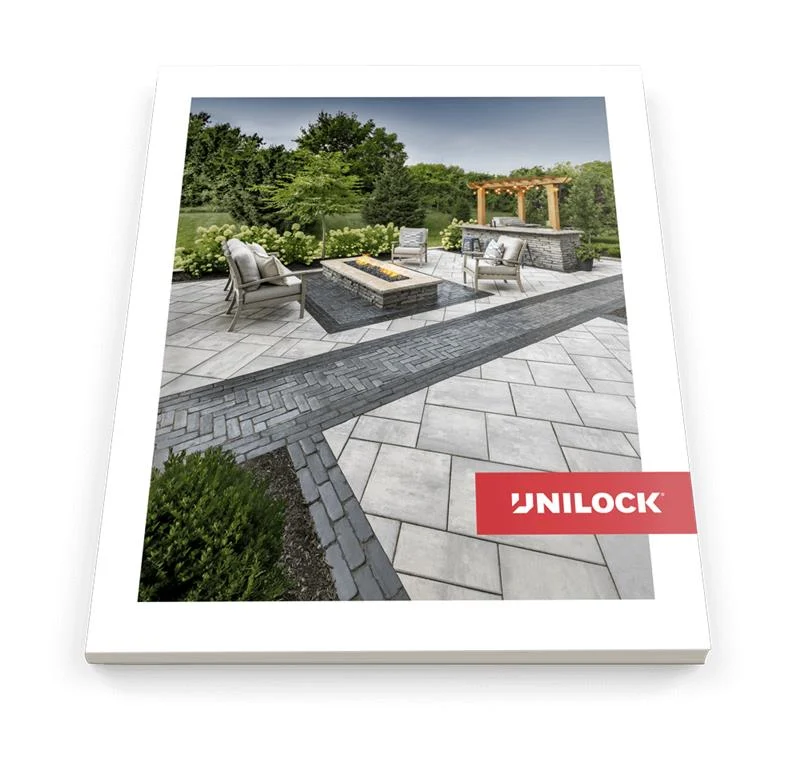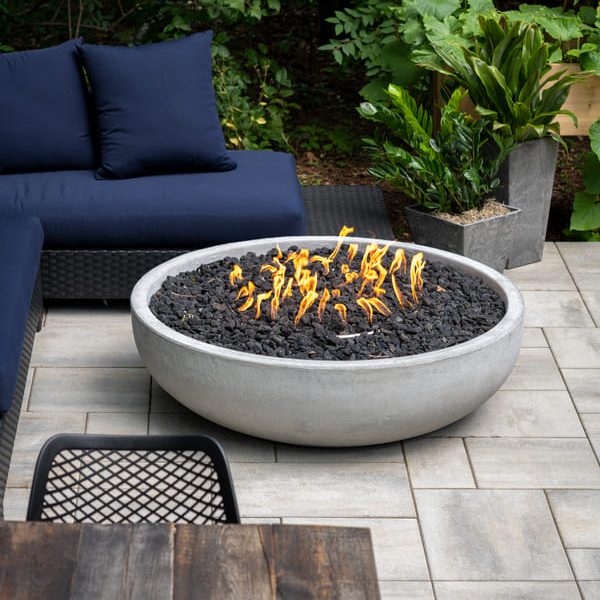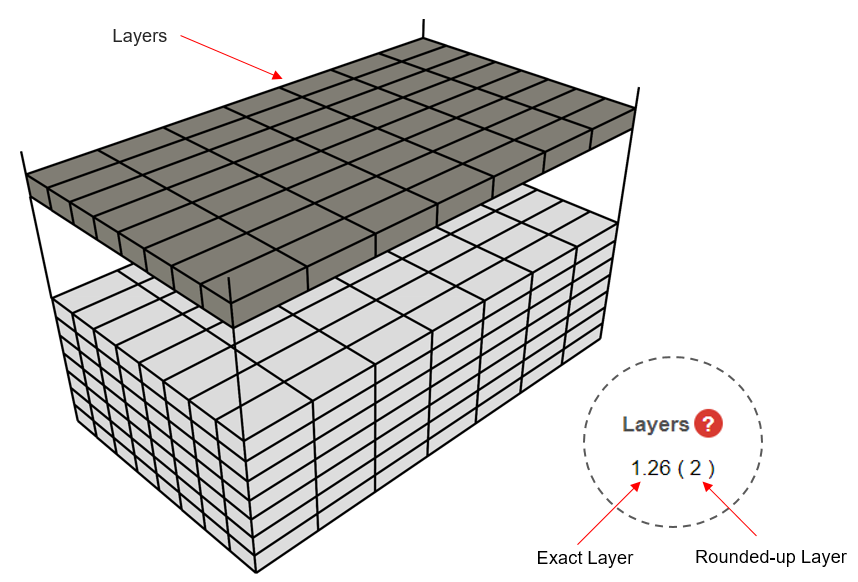
Jointing sand is an element that is often overlooked by homeowners when making decisions regarding the floor of their patio, outdoor kitchen or poolside, despite the remarkable visual effect jointing sand can achieve. Jointing sand can be used to create stunning contrasts and can visually tie a hardscape together when utilized to its full potential. Here are a few hardscape designs that pay attention to the power of their jointing sand. Consider incorporating similar techniques into your patio design.

Echoing shades within other hardscape elements
The jointing sand used here is of a similar shade to the fire pit and Ledgestone coping on the nearby low wall. This visually ties the different elements together for a well-designed hardscape. The light color selection also creates a contrast against the darker Thornbury pavers, bringing variation to the patio floor. The patio is well-lit, with sunshine filtering through the branches, making a light jointing sand the perfect choice to further lighten up the area.

Being purposefully messy
The jointing sand between these Unilock Courtstone pavers highlights the characterful irregularity of the stones’ outline. This creates a time-worn effect and the impression that the patio has been there for centuries. Courtstone pavers are designed to capture the essence of ancient cobblestones granting them their characteristic rustic appeal. That simple, natural design philosophy can be found in the jointing sand as well, resulting in a cohesive and distinctly classic end product.

Minimizing jointing material to make pavers pop
This driveway showcases an alternative approach to using Unilock Courtstone pavers. In this hardscape design, the jointing material was selected to blend into the surrounding landscape rather than create a contrast. It was also applied leaving some space around the perimeter of each paver so that their rounded, irregular edges and textures are left on display. Without the presence of jointing material crowding the spaces between pavers, shadows form that accentuate their edges and draw attention to individual pavers.
Related Read: Showstopping Driveway Pavers for Your Home

Understated jointing material for contemporary patios
Many modern patio designs include minimalist, understated floors comprised of large format pavers, few jointing lines and neutral shades that draw little attention. These surfaces are often paired with vibrant furniture or elaborately paved vertical elements that bring all the interest to the space and contrast the neutral pavers. This poolside area, for example, showcases a bold arrangement of rounded benches that create a stunning contrast against the monotone patio floor beneath. The colorless jointing material adds to the consistency of the surface and enhances the contrast created.

Joining pavers both physically and visually
The Series 3000 pavers used within this stunning driveway are renowned for their spectacular color gradations and textures. Each paver bears several subtly different colors that blend seamlessly into one another, while individual pavers vary in color even further. When assembled in a seemingly random pattern, they create a captivating surface composed of various shades that randomly merge and separate. This homeowner has selected jointing material of a neutral shade similar to all the pavers used, making it virtually undetectable from a distance. This results in the barriers between pavers becoming blurred and the entire driveway surface appears to be a single canvas covered in wild color gradients.
Related Read: 10 Patios That Use Paver Patterns to Make a Statement

Unexpected shades for added interest
This Copthorne walkway in a blend of Burgundy Red, Burnt Clay and Old Oak, bears rich shades that would commonly be paired with brown or black jointing material, creating a beautifully earthy surface comprised of different shades that blend into one another. Although this makes for an attractive paving project, a stunning alternative is showcased here. This homeowner decided to create a contrast instead, selecting a light, sand colored jointing material. Not only does this shade ‘pop’, but it complements surrounding hardscape elements such as the retaining wall and the border framing the walkway.
Related Read: 3 Concrete Pavers That Will Make Your Walkway a Conversation Piece

Black jointing sand for a powerful paver surface
This is another example of a paver design perfect for contemporary landscapes. The black jointing material used here creates a slight contrast, but refrains from having an overwhelming effect and retains a rather minimalist look. The contemporary flair it contributes to the surface is further enhanced by the matte charcoal Mattoni pavers and their linear design, the geometric layout of the pavers and the straight edges of the manicured shrub accenting the patio.








